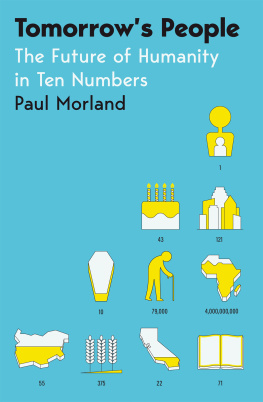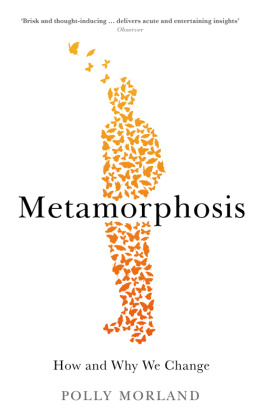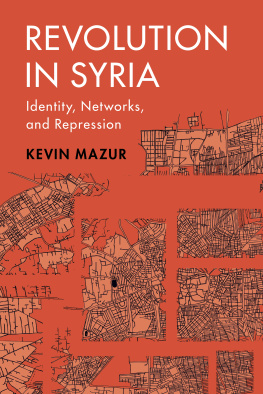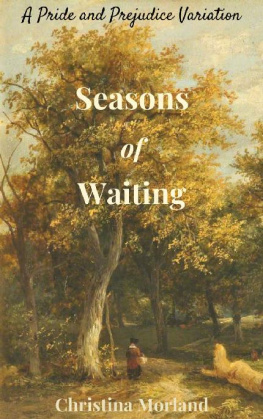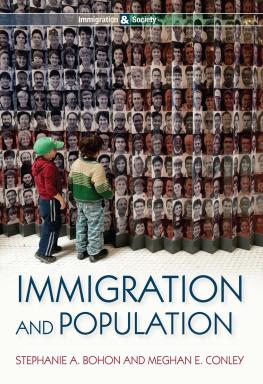Paul Morland - Demographic Engineering: Population Strategies in Ethnic Conflict
Here you can read online Paul Morland - Demographic Engineering: Population Strategies in Ethnic Conflict full text of the book (entire story) in english for free. Download pdf and epub, get meaning, cover and reviews about this ebook. year: 2014, publisher: Ashgate Publishing, Ltd., genre: Politics. Description of the work, (preface) as well as reviews are available. Best literature library LitArk.com created for fans of good reading and offers a wide selection of genres:
Romance novel
Science fiction
Adventure
Detective
Science
History
Home and family
Prose
Art
Politics
Computer
Non-fiction
Religion
Business
Children
Humor
Choose a favorite category and find really read worthwhile books. Enjoy immersion in the world of imagination, feel the emotions of the characters or learn something new for yourself, make an fascinating discovery.

- Book:Demographic Engineering: Population Strategies in Ethnic Conflict
- Author:
- Publisher:Ashgate Publishing, Ltd.
- Genre:
- Year:2014
- Rating:4 / 5
- Favourites:Add to favourites
- Your mark:
- 80
- 1
- 2
- 3
- 4
- 5
Demographic Engineering: Population Strategies in Ethnic Conflict: summary, description and annotation
We offer to read an annotation, description, summary or preface (depends on what the author of the book "Demographic Engineering: Population Strategies in Ethnic Conflict" wrote himself). If you haven't found the necessary information about the book — write in the comments, we will try to find it.
Paul Morland: author's other books
Who wrote Demographic Engineering: Population Strategies in Ethnic Conflict? Find out the surname, the name of the author of the book and a list of all author's works by series.
Demographic Engineering: Population Strategies in Ethnic Conflict — read online for free the complete book (whole text) full work
Below is the text of the book, divided by pages. System saving the place of the last page read, allows you to conveniently read the book "Demographic Engineering: Population Strategies in Ethnic Conflict" online for free, without having to search again every time where you left off. Put a bookmark, and you can go to the page where you finished reading at any time.
Font size:
Interval:
Bookmark:
School of Geography, University of Leeds, UK
Edited by Nissa Finney and Gemma Catney
ISBN 978-1-4094-3188-6
Social Processes and the Spatial Unevenness of Population Ageing
Amanda Davies and Amity James
ISBN 978-1-4094-1776-7
Remote Human Populations in Developed Nations
Edited by Dean Carson, Rasmus Ole Rasmussen, Prescott Ensign, Lee Huskey and Andrew Taylor
ISBN 978-0-7546-7962-2
The Geography of Access to Higher Education
Alexander D. Singleton
ISBN 978-0-7546-7867-0
Birkbeck, University of London, UK

Product or corporate names may be trademarks or registered trademarks, and are used only for identification and explanation without intent to infringe.
ISBN 9781315576473 (ebk)
Series Editor
Font size:
Interval:
Bookmark:
Similar books «Demographic Engineering: Population Strategies in Ethnic Conflict»
Look at similar books to Demographic Engineering: Population Strategies in Ethnic Conflict. We have selected literature similar in name and meaning in the hope of providing readers with more options to find new, interesting, not yet read works.
Discussion, reviews of the book Demographic Engineering: Population Strategies in Ethnic Conflict and just readers' own opinions. Leave your comments, write what you think about the work, its meaning or the main characters. Specify what exactly you liked and what you didn't like, and why you think so.

